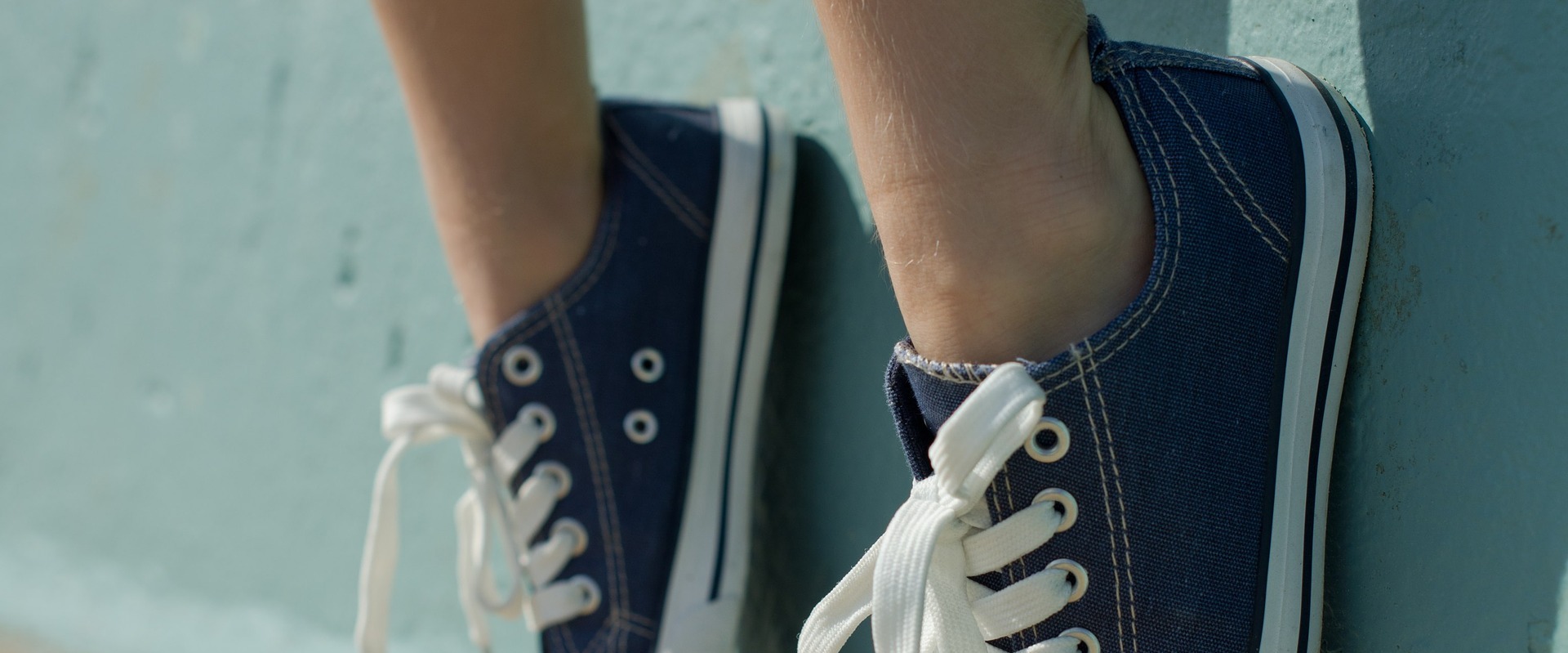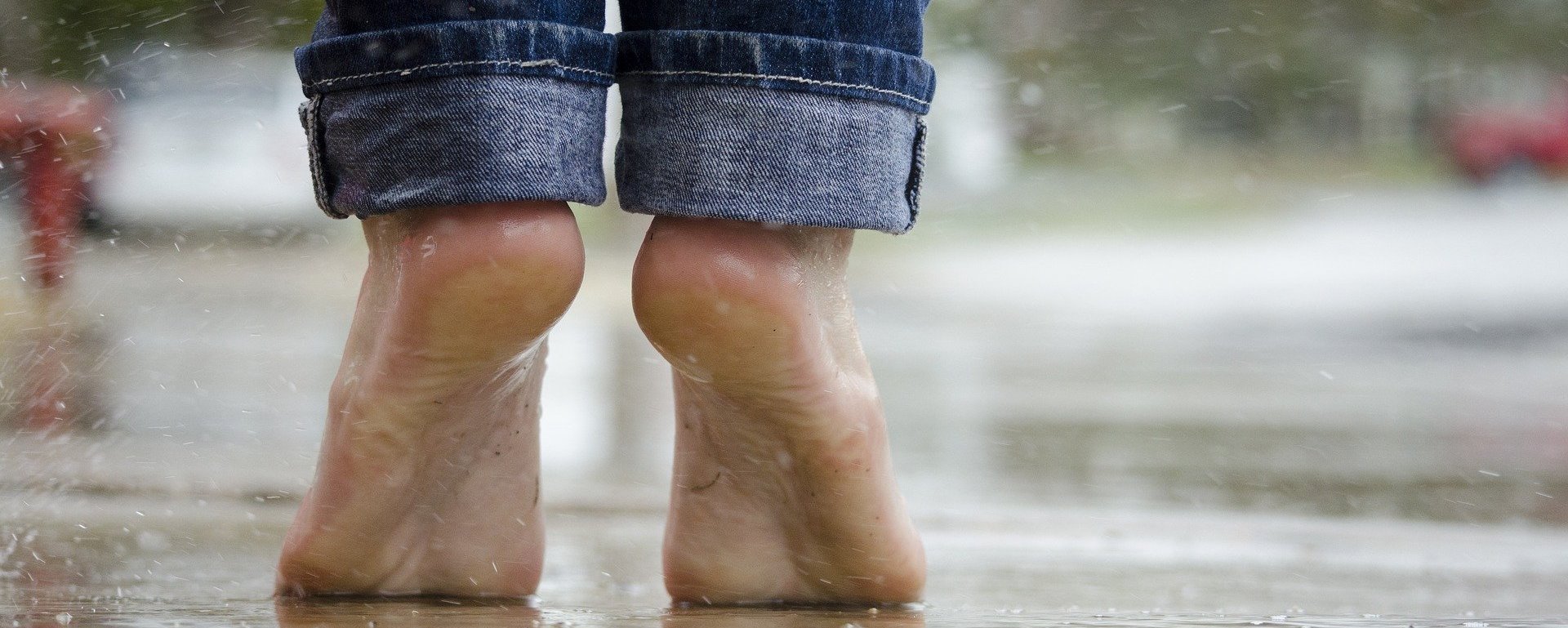Ankle foot orthotic (AFO) treatment is used for a wide range of conditions such as:
Complex foot and ankle trauma
Neurological conditions such as cerebral palsy / Charcot Marie Tooth / muscular dystrophies.
Inflammatory joint disease
Traumatic Brain Injury
Spinal injury resulting in foot drop.


Below Image shows a Synthetic Leg casting process
How does an AFO help with walking?
The net effect of the above conditions is to create significant mechanical costs locally around the foot and ankle and / or increased mechanical demand on the musculoskeletal system higher up the kinetic chain.
There are key decisions to be made when considering the feasibility of an AFO and this relates to multiple factors such as leg shape / degree of ankle or subtalar function / foot to leg angle and these factors are always discussed at the first consultation.
The AFO also needs to work alongside an appropriate footwear strategy to facilitate the function of the AFO.
Technological improvements have led to composite materials being used in production and new hinge developments have allowed us to expand the role of an AFO in clinical practice.
There are multiple options in regard to AFO management and specific conditions lead to very characteristic gait patterns such as foot drop related to a nerve path injury.
The gait typically is slower with a reduced stride length and a high hip hitch to ensure ground clearance of the foot. There is also a marked degree of lateral transfer (movement sideways).
These compensations create additional demands on surrounding joints and tissues and have the potential to lead to symptoms in other areas not directly affected by the original injury.
The role of orthotic management in these cases are to provide the most efficient gait pattern possible given the limitations caused through the injuries.
There are commercial (pre made) devices and also the option of a purpose made (bespoke) AFO’s and the factors that determine the optimum choice are based on the shape of the foot / ankle and leg as many conditions can lead to swelling and changes in shape around the foot and ankle.
It is key with any AFO provision that any swelling around the foot, ankle and lower leg are managed to ensure consistent leg volume and this is an area that is discussed during the initial consultation phase.
There is a vast range of bespoke options regarding AFO size and design and that is the real benefit of building an orthoses. The priority is to understand the role that an AFO will have for the specific condition.
Issues
One of the main issues with AFO provision relates to whether the device should be a fixed hinge AFO or a moving hinge at the ankle level. This is a fundamental design feature and where possible it should be a moving or flexible hinge mechanism to ensure ankle joint movement can occur.
There are certain neurological or traumatic cases where the right choice is a fixed hinge design but the choice needs to be discussed and an appropriate footwear strategy needs to be combined with a fixed hinge AFO.
Inflammatory joint disease such as Rheumatoid arthritis can damage the foot and ankle joints when the disease process is in its active phase.
Medication to suppress the disease process is critical during this phase as is mechanical management and this is one area when early and aggressive mechanical intervention is key to maintaining joint function.
The AFO designs for inflammatory joint disease can generally be designed with less volume and be more user friendly than traditional AFO’s and is an essential adjunct to medical management.
AFO provision is available across all my working venues in Birmingham, London and Warwickshire.
The turnaround for bespoke AFO’s is a maximum of 4 weeks and generally being made and delivered in shorter time frames.
If there are any clinical questions to you would like to discuss your current or future orthotic management needs then please drop me a line via our contact page or email directly on clinc@podiatricrx.co.uk


